-
 Bitcoin
Bitcoin $118900
-2.33% -
 Ethereum
Ethereum $4288
-0.13% -
 XRP
XRP $3.151
-3.21% -
 Tether USDt
Tether USDt $1.000
0.02% -
 BNB
BNB $809.5
-1.17% -
 Solana
Solana $175.7
-4.75% -
 USDC
USDC $0.0000
0.01% -
 Dogecoin
Dogecoin $0.2246
-5.75% -
 TRON
TRON $0.3473
2.19% -
 Cardano
Cardano $0.7809
-5.18% -
 Chainlink
Chainlink $21.38
-3.48% -
 Hyperliquid
Hyperliquid $43.29
-5.53% -
 Stellar
Stellar $0.4375
-3.21% -
 Sui
Sui $3.685
-6.68% -
 Bitcoin Cash
Bitcoin Cash $595.2
3.50% -
 Hedera
Hedera $0.2483
-6.60% -
 Ethena USDe
Ethena USDe $1.001
-0.01% -
 Avalanche
Avalanche $23.03
-5.28% -
 Litecoin
Litecoin $119.5
-5.02% -
 Toncoin
Toncoin $3.395
-0.07% -
 UNUS SED LEO
UNUS SED LEO $9.007
-1.19% -
 Shiba Inu
Shiba Inu $0.00001304
-5.44% -
 Uniswap
Uniswap $11.35
1.57% -
 Polkadot
Polkadot $3.898
-5.43% -
 Cronos
Cronos $0.1671
-0.16% -
 Ethena
Ethena $0.8121
-2.45% -
 Dai
Dai $1.000
0.02% -
 Bitget Token
Bitget Token $4.412
-1.73% -
 Monero
Monero $264.0
-0.64% -
 Pepe
Pepe $0.00001128
-8.12%
What should I do if the Binance trading pair suddenly disappears?
If a Binance trading pair disappears (delisting), immediately check Binance's announcements for the reason. Secure your assets by transferring them to another reputable exchange if possible, or carefully monitor them if no alternative exists. Always prioritize secure wallet practices.
Mar 18, 2025 at 03:55 am

Key Points:
- Understanding why Binance trading pairs disappear.
- Actions to take immediately if a trading pair vanishes.
- Safeguarding your assets after a delisting.
- Exploring alternative exchanges for the affected cryptocurrency.
- Understanding Binance's delisting process and its implications.
What should I do if the Binance trading pair suddenly disappears? The disappearance of a trading pair on Binance, a leading cryptocurrency exchange, can be unsettling. This event, often termed "delisting," signifies that Binance has removed the ability to buy, sell, or trade that specific cryptocurrency pair. This isn't uncommon and can happen for various reasons, including regulatory changes, low trading volume, security concerns, or even a project's failure.
First, don't panic. This isn't necessarily a catastrophic event, though it does require immediate action. The most crucial step is to ascertain why the trading pair was delisted. Check Binance's official announcements and news section for explanations. They often provide reasons and timelines for delistings. Understanding the reason helps gauge the potential impact on your assets.
Next, check your Binance account to confirm if you still hold any of the affected cryptocurrency. If you do, your immediate priority is to secure your assets. You have several options, depending on the specific circumstances. The simplest, if feasible, is to transfer the cryptocurrency to another exchange that still supports trading for that pair. Ensure the receiving exchange is reputable and secure.
However, transferring your assets might not always be straightforward. The cryptocurrency might not be supported on other major exchanges, particularly if the delisting was due to significant issues with the project itself. In such a scenario, consider holding onto the cryptocurrency, carefully monitoring its value and developments. Remember to secure your wallet by using a strong password and enabling two-factor authentication.
Before transferring your assets, thoroughly research alternative exchanges. Ensure the chosen exchange has a solid reputation, robust security measures, and good liquidity for the specific cryptocurrency. Rushing into a transfer without due diligence could expose you to further risks. Compare fees and trading volumes across different platforms before making a decision.
It's essential to understand Binance's delisting process. Binance typically announces delistings in advance, giving users sufficient time to react. However, unforeseen circumstances can sometimes lead to sudden delistings. Review Binance's terms of service; understanding their policies concerning delistings can help manage your expectations and avoid misunderstandings.
While Binance strives to maintain a diverse range of trading pairs, it's not unusual for some to be delisted. The reasons are diverse, ranging from regulatory changes impacting certain cryptocurrencies to low trading volume making the pair unsustainable. Staying informed about the crypto market and Binance's announcements is key to mitigating potential losses.
Common Questions and Answers:
Q: What are the common reasons for a Binance trading pair to disappear?
A: Common reasons include low trading volume, regulatory issues affecting the listed cryptocurrency, security concerns related to the cryptocurrency or its project, and the project itself failing or ceasing operations. Sometimes, it's due to planned maintenance or upgrades on the exchange.
Q: If a trading pair is delisted, does that mean the cryptocurrency is worthless?
A: Not necessarily. Delisting simply means it's no longer tradable on Binance. The cryptocurrency may still have value on other exchanges or may even have utility outside of trading. However, its value might fluctuate significantly depending on market forces and the project's ongoing development.
Q: What if I can't find an alternative exchange to trade the delisted cryptocurrency?
A: If no other major exchange lists the cryptocurrency, you might have to hold onto it for a longer period. Monitor news and developments related to the project. Consider diversifying your portfolio to reduce risk associated with holding a single asset. This might involve trading your assets for other cryptocurrencies or fiat currency.
Q: How can I protect myself from future delistings?
A: Regularly review your portfolio and consider diversifying your investments across multiple cryptocurrencies and exchanges. Stay updated on market news, Binance announcements, and regulatory changes that could affect your holdings. Always practice good security hygiene and secure your wallets.
Q: Does Binance compensate users for losses incurred due to delistings?
A: Binance generally doesn't compensate users directly for losses resulting from delistings. Their terms of service outline the conditions under which they might provide compensation, but these are usually exceptional circumstances, not typical delistings due to low trading volume or regulatory changes.
Q: Can I dispute a delisting decision made by Binance?
A: Generally, you can't dispute a delisting decision. Binance's decisions are based on their internal risk assessments and compliance policies. However, you can contact their support team to inquire about the specific reasons behind the delisting.
Q: Is there a way to predict which trading pairs might be delisted?
A: There is no foolproof method to predict which pairs will be delisted. However, paying close attention to trading volume, regulatory developments concerning the listed cryptocurrencies, and news related to the underlying projects can give you some indications. Low trading volume, especially for a prolonged period, can be a warning sign.
Disclaimer:info@kdj.com
The information provided is not trading advice. kdj.com does not assume any responsibility for any investments made based on the information provided in this article. Cryptocurrencies are highly volatile and it is highly recommended that you invest with caution after thorough research!
If you believe that the content used on this website infringes your copyright, please contact us immediately (info@kdj.com) and we will delete it promptly.
- Dogecoin, Presale, Surge: Riding the Meme Coin Wave
- 2025-08-12 11:10:12
- Dogecoin, Tron, and the ROI Reality Check: What's a Crypto Investor to Do?
- 2025-08-12 11:15:12
- Ethereum Layer-2 Scaling Competition Heats Up as ETH Breaks $4K
- 2025-08-12 10:30:12
- China Regulation, Stablecoins, and BNB Presale: Navigating the Crypto Landscape
- 2025-08-12 11:30:12
- Meme Coins, Investment, and Token Burns: What's Hot in 2025?
- 2025-08-12 10:30:12
- BlockDAG, Chainlink, Hedera: The Cryptos Enterprises are Eyeing
- 2025-08-12 09:30:12
Related knowledge
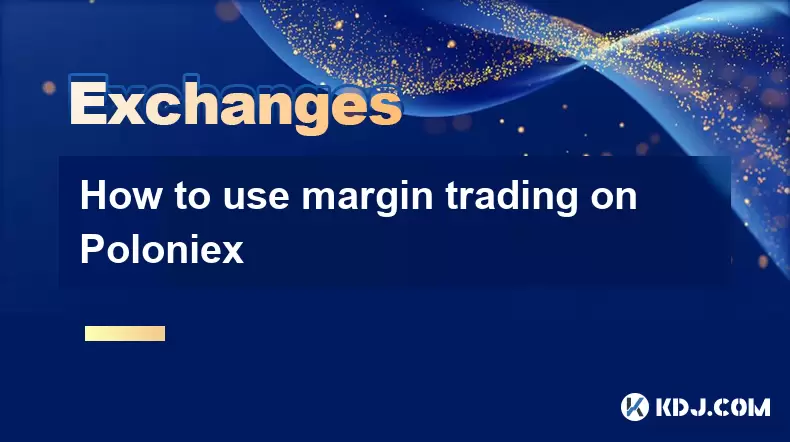
How to use margin trading on Poloniex
Aug 08,2025 at 09:50am
Understanding Margin Trading on Poloniex
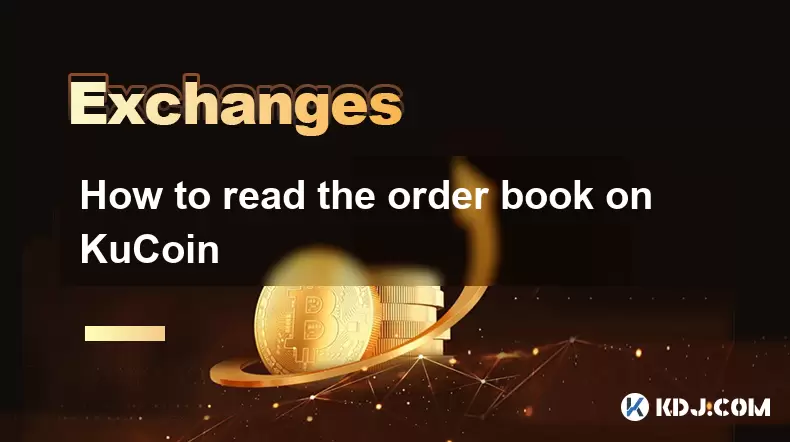
How to read the order book on KuCoin
Aug 10,2025 at 03:21pm
Understanding the Order Book Interface on KuCoinWhen accessing the order book on KuCoin, users are presented with a real-time display of buy and sell ...
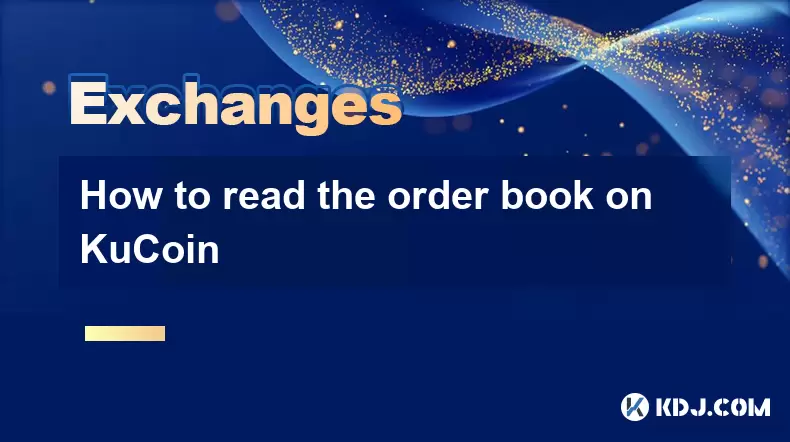
How to read the order book on KuCoin
Aug 12,2025 at 02:28am
Understanding the Basics of Staking in CryptocurrencyStaking is a fundamental concept in the world of blockchain and cryptocurrencies, particularly wi...
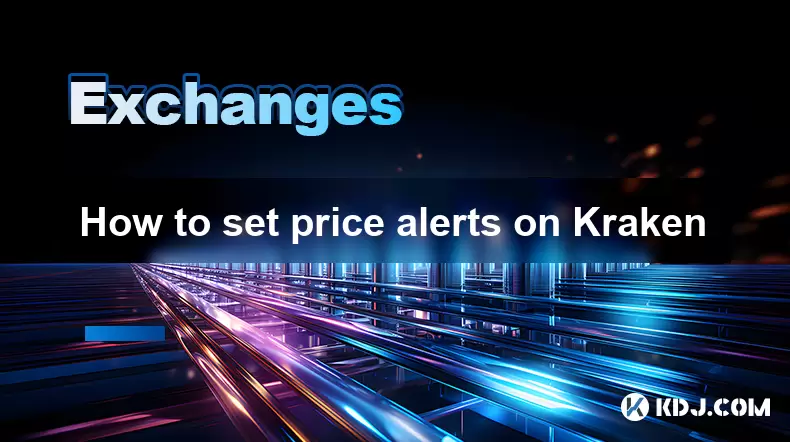
How to set price alerts on Kraken
Aug 11,2025 at 08:49pm
Understanding Price Alerts on KrakenPrice alerts on Kraken are tools that allow traders to monitor specific cryptocurrency pairs for price movements. ...
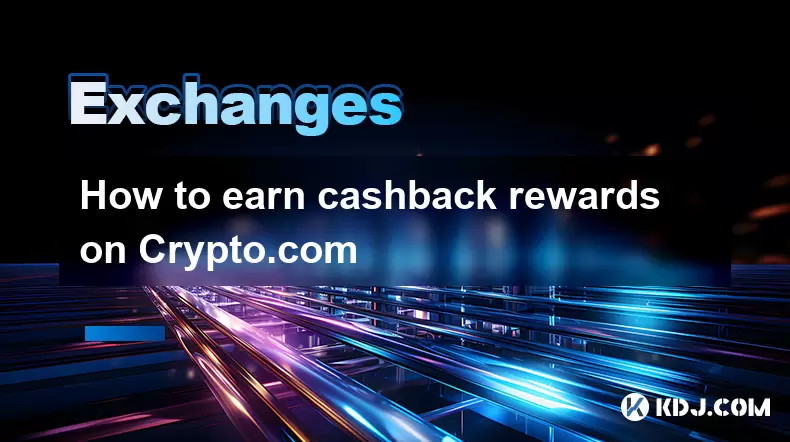
How to earn cashback rewards on Crypto.com
Aug 12,2025 at 02:08am
Understanding Cashback Rewards on Crypto.comCashback rewards on Crypto.com are a feature designed to incentivize users to spend using their Crypto.com...
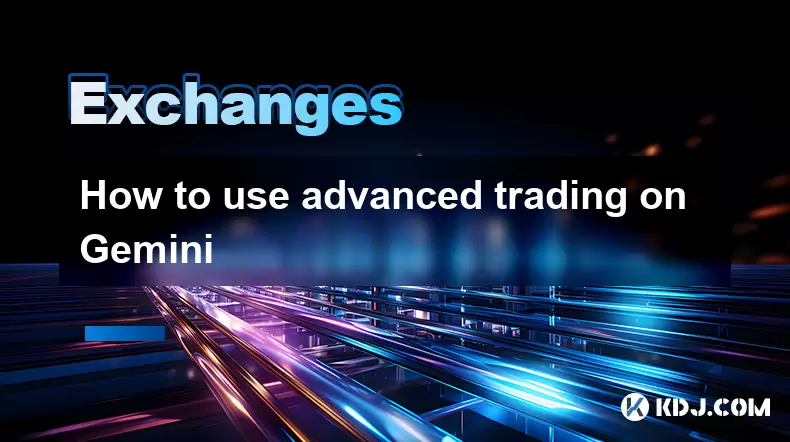
How to use advanced trading on Gemini
Aug 08,2025 at 04:07am
Understanding Advanced Trading on GeminiAdvanced trading on Gemini refers to a suite of tools and order types designed for experienced traders who wan...

How to use margin trading on Poloniex
Aug 08,2025 at 09:50am
Understanding Margin Trading on Poloniex

How to read the order book on KuCoin
Aug 10,2025 at 03:21pm
Understanding the Order Book Interface on KuCoinWhen accessing the order book on KuCoin, users are presented with a real-time display of buy and sell ...

How to read the order book on KuCoin
Aug 12,2025 at 02:28am
Understanding the Basics of Staking in CryptocurrencyStaking is a fundamental concept in the world of blockchain and cryptocurrencies, particularly wi...

How to set price alerts on Kraken
Aug 11,2025 at 08:49pm
Understanding Price Alerts on KrakenPrice alerts on Kraken are tools that allow traders to monitor specific cryptocurrency pairs for price movements. ...

How to earn cashback rewards on Crypto.com
Aug 12,2025 at 02:08am
Understanding Cashback Rewards on Crypto.comCashback rewards on Crypto.com are a feature designed to incentivize users to spend using their Crypto.com...

How to use advanced trading on Gemini
Aug 08,2025 at 04:07am
Understanding Advanced Trading on GeminiAdvanced trading on Gemini refers to a suite of tools and order types designed for experienced traders who wan...
See all articles

























































































